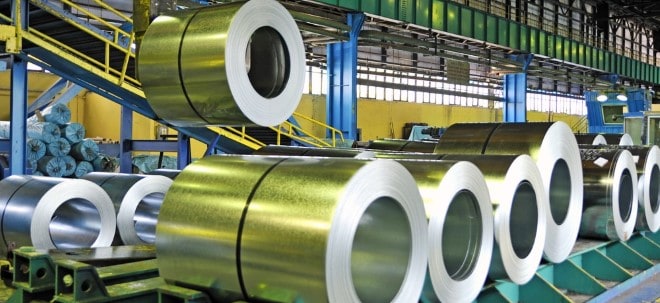Brains and Builders: Congress 2025 Spotlights the Powerful Fusion of Humanities and Skilled Trades
At the 94th Congress of Humanities and Social Sciences, academic leaders from George Brown College hosted a panel at the event that challenged outdated stereotypes and made a compelling call to action for the future of work.
TORONTO, June 2, 2025 /CNW/ - What if the most resilient and fulfilling careers of the future weren't found solely in coding bootcamps but in combining training in the humanities and social sciences with practical skills in plumbing and electrical work?
That provocative question was at the heart of The Bridge Between Humanities and the Skilled Trades, a May 30 panel hosted by George Brown College (GBC) during the 94th annual Congress of the Humanities and Social Sciences.
GBC has made history as the first college to host a Congress event in its 90+ year history. This year's event showcases the school's state-of-the-art facilities, research, and expertise through displays, events, and panels. The May 30 panel, The Bridge Between Humanities and the Skilled Trades, heard from George Brown College's Vice President of Facilities and Sustainability, Michelle McCollum, School of Marketing Professor Dr. Jon Callegher, and Dr. Adel Essayed, Dean for the college's Centre for Construction and Engineering Technologies, who facilitated the discussion.
All three spoke of the need to find ways to overcome long-held misconceptions that the work of electricians, carpenters, plumbers, and others in the construction trades is underpaid, undervalued, and unsafe.
'The trades are not what you think.'
That was the clear message from Dr. Jon Callegher, a professor in the School of Marketing, who debunked persistent myths about life in skilled trades.
He noted that skilled tradespeople earn significantly higher wages and do so earlier in their careers. They can also find significant fulfillment in the often artisanal work they accomplish and enjoy a greater work-life balance than their university-educated white-collar counterparts.
Most significantly, these jobs can offer job security compared to many white-collar paths that have become more precarious with the advent and growth of artificial intelligence in the workplace.
From the Workshop to Net-Zero Innovation
Michelle McCollum, George Brown's Vice President of Facilities and Sustainability – who is also a former tradeswoman herself – pointed to Limberlost Place, the college's groundbreaking new 10-storey timber-frame, net-zero emissions facility, as proof of what skilled trades can accomplish.
She noted that the building is years ahead of its time in reaching sustainability goals, which could not have been achieved without the highly skilled work of tradespeople to assemble, finish, and maintain the building. Limberlost Place also includes some of the largest mass-timber columns and cross-laminated slab bands in North America. Finally, its construction required changes to national and provincial building codes as previous mass-timber buildings have only been built to 6-storeys within Canada.
The Power of a Dual Path
Both McCollum and Callegher emphasized the emerging value of combining technical training with the critical thinking and cultural literacy offered by the humanities and social sciences.
A tradesperson with a liberal arts lens, they argued, is more adaptable, more insightful, and often better equipped for leadership.
Callegher went further, making a financial argument for pursuing education in reverse: starting with a skilled trade, building savings, and then pursuing a university education. This model flips the traditional script and could help alleviate the burden of student debt.
Doing so, he said, can make a difference not only financially but also in the overall quality of life.
A Looming Shortage, a Critical Moment
With a looming wave of retirements among Canada's skilled trades workforce, panelists urged educators, policymakers, and budding learners to reframe the narrative around skilled trades.
The trades aren't a fallback; they're a foundation, they argued. When you combine them with the humanities, you don't just build careers; you build a stronger society.
George Brown College continues to lead this effort through its Centre for Construction and Engineering Technologies, offering multiple entry points for learners who want to be part of Canada's next skilled and thoughtful workforce.
For journalists: Congress 2025 at George Brown offers a unique angle on post-secondary education, workforce readiness, and the future of learning that challenges conventional divides between rigorous academic training and applied. Learn more at https://www.georgebrown.ca/congress
Images from the event are available upon request.
About George Brown College
Toronto'sGeorge Brown College is located on the traditional territory of the Mississaugas of the Credit First Nation and other Indigenous peoples. George Brown prepares innovative, adaptable graduates with the skills to thrive in a rapidly changing job market. With three campuses in the downtown core, the college blends theory with experiential learning, applied research, and entrepreneurship opportunities. George Brown offers 175 full-time programs and 182 continuing education certificates/designations across a wide variety of professions to more than 30,100 full-time students and receives more than 53,900 continuing education registrations annually. Students can earn certificates, diplomas, graduate certificates, apprenticeships, and degrees. www.georgebrown.ca.
SOURCE George Brown College

